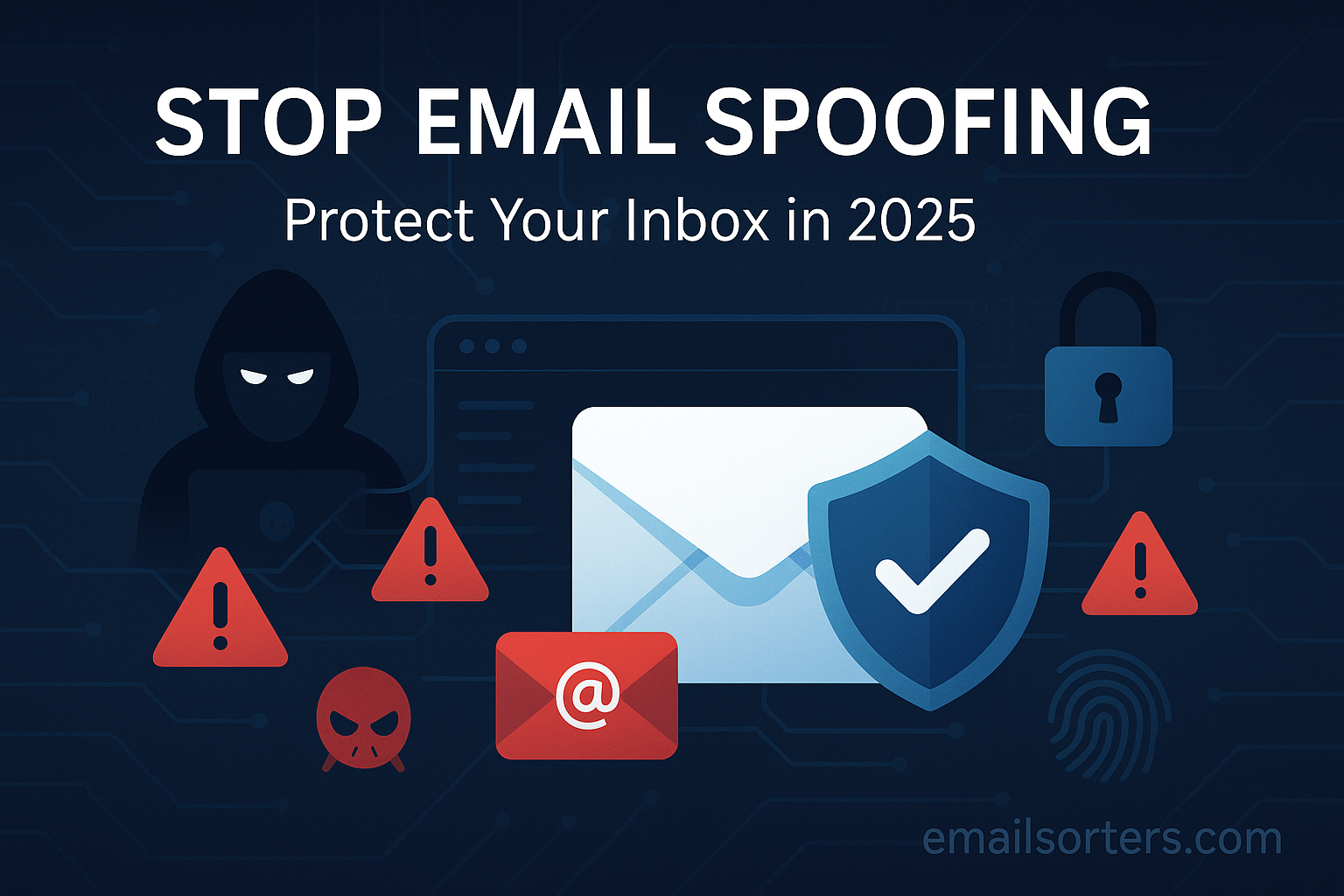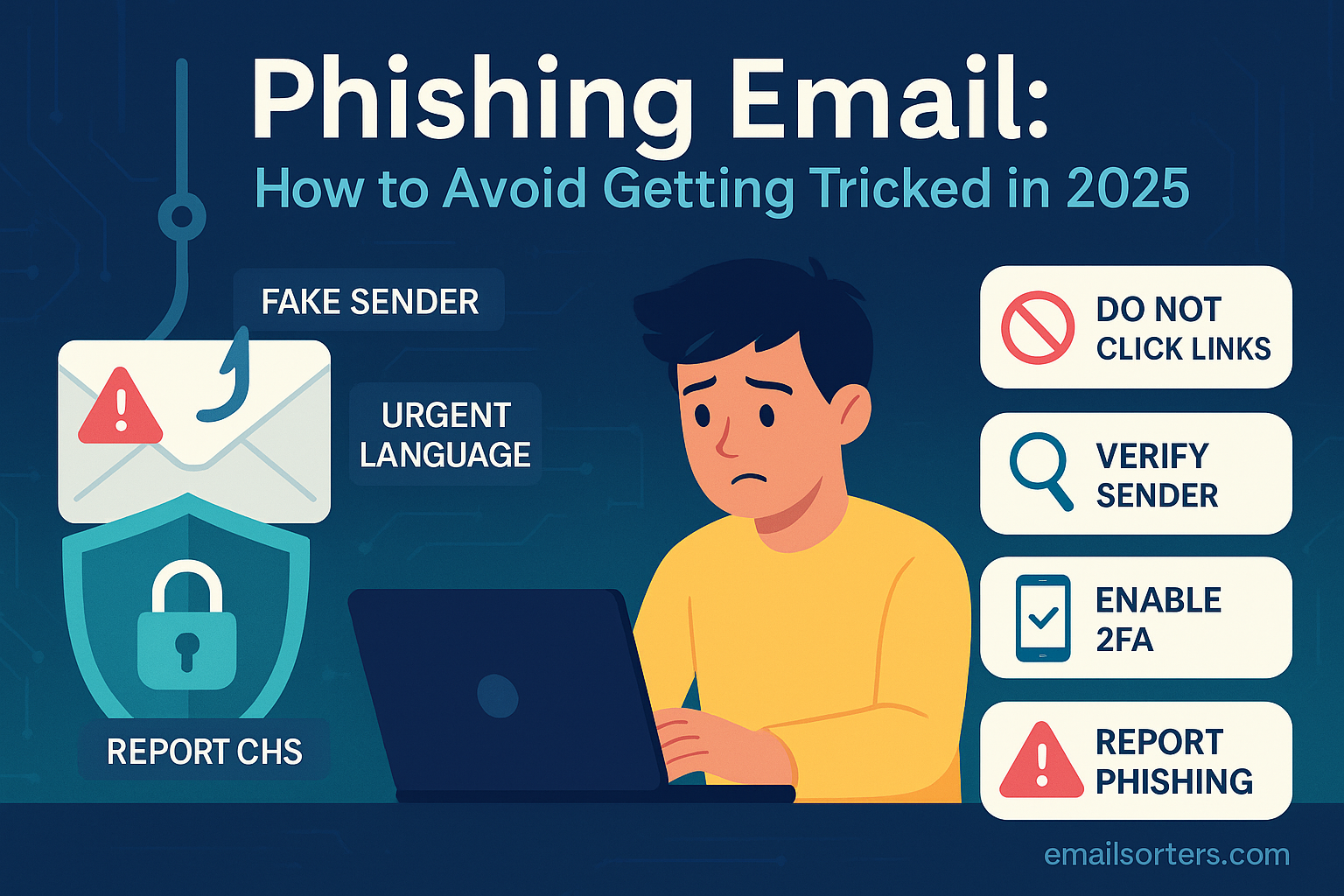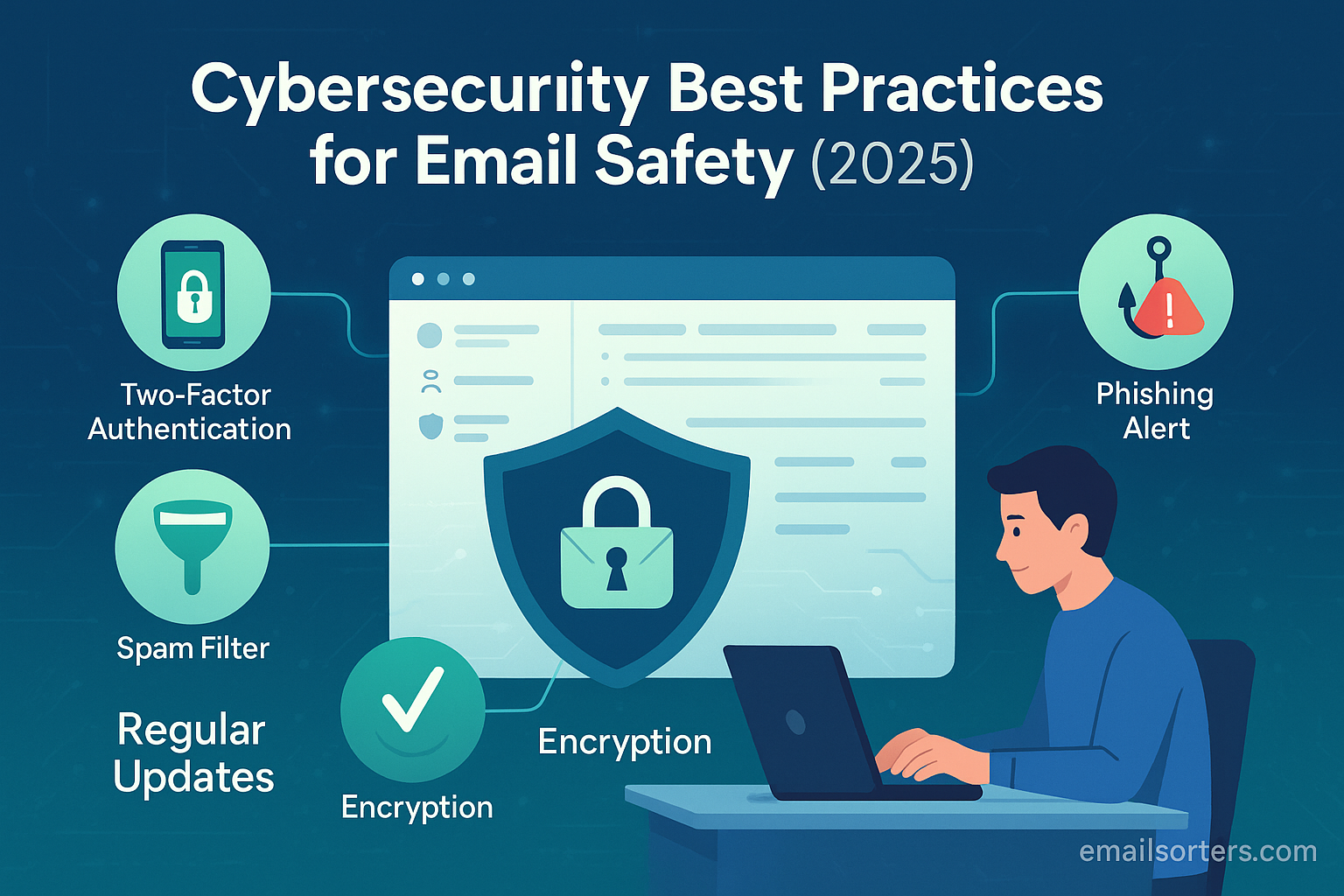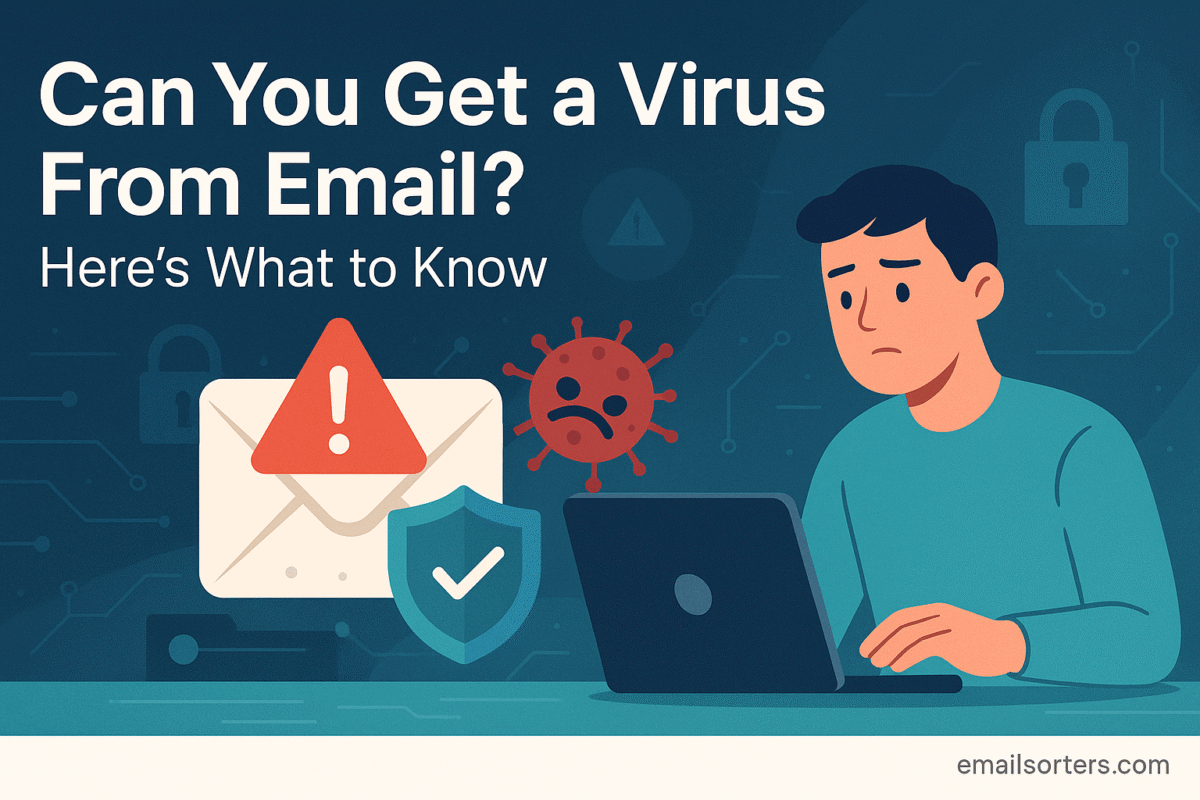How to stop email spoofing isn’t just a tech question, it’s a survival skill for the modern inbox. You get an urgent email from your CEO asking for a wire transfer. Your bank wants you to “verify your account” after suspicious activity. A trusted service says you need to reset your password right away.
This deceptive technique is known as email spoofing, and it is one of the most pervasive and dangerous tactics in a cybercriminal’s playbook. It works by falsifying the sender’s address to make an email appear as if it came from a trusted source. This simple act of impersonation is the foundational element behind a vast number of cyberattacks, from phishing campaigns to devastating financial fraud. The practice is so fundamental to online deception that it has been a subject of study for decades, as detailed in the comprehensive overview of email spoofing.
The desire for a secure and trustworthy inbox, one where you can confidently distinguish between genuine and fraudulent communication, is not just about convenience; it is about personal and organizational security. Fortunately, a powerful combination of technical standards and user vigilance can effectively neutralize this threat.
This guide will demystify how email spoofing works, explain the robust defenses that stop it, and provide you with the practical, actionable steps needed to protect your inbox from this insidious form of digital deception.
What is Email Spoofing and Why is it So Dangerous?
At its core, email spoofing is the act of forging the From: field of an email. An attacker can craft a message to make it look like it originated from anyone they choose—a colleague, a government agency, a popular brand, or even a family member. The receiving email client displays this fake sender address, tricking the recipient into believing the message is authentic.
This is not a harmless prank. Spoofing is a weapon used to execute some of the most damaging types of cyberattacks:
- Phishing and Spear-Phishing: Attackers spoof trusted brands to trick users into entering login credentials, credit card numbers, or other sensitive information on fake websites. Spear-phishing is a more targeted version where an attacker might impersonate a specific manager to deceive an employee.
- Malware Distribution: By impersonating a known contact or service, attackers can convince a user to open a malicious attachment or click a link that downloads ransomware, spyware, or other malware onto their device.
- Business Email Compromise (BEC): This is a highly lucrative form of attack where criminals spoof the email address of a high-level executive (like a CEO or CFO) to authorize fraudulent wire transfers, often resulting in massive financial losses for the company.
- Reputation Damage: If an attacker begins sending spam or malicious emails while spoofing a company’s domain, it can severely damage that company’s brand reputation and cause its legitimate emails to be blocked by spam filters.
Behind the Curtain: How Spammers Create Spoofed Emails
The ability to spoof emails stems from a foundational weakness in the internet’s original email protocol. The Simple Mail Transfer Protocol (SMTP), which governs how emails are sent across the web, was designed in a more trusting era and lacks a built-in authentication mechanism. It does not inherently verify that the sender claiming to be sender@example.com is actually authorized to send messages from that address.
When an email is sent, it contains several headers that hold information about its origin and path. An attacker can use a compromised mail server or a simple script to manually construct an email and insert any address they want into the most visible header—the From: header. The receiving email client displays this information without question, unless other security protocols are in place.
While the From: address is easily forged, other headers, like the Return-Path (where bounce messages are sent) or the Received headers (which trace the servers the email passed through), are much harder to fake. This discrepancy is often the key to technically identifying a spoofed message, though it requires inspecting the email’s raw source code.
The Telltale Signs: How to Spot a Spoofed Email
While technical defenses do most of the heavy lifting, a vigilant user is the final and most important line of defense. Here are common signs that an email may be spoofed:
- Inspect the Full Email Header: Most email clients have an option to “Show Original” or “View Full Headers.” This reveals the email’s raw data. Look for inconsistencies. If the From: header shows ceo@mycompany.com, but the Return-Path or the Received headers show a completely different, suspicious domain (like server123.random-spam-service.net), the email is almost certainly a fake.
- Check the “Reply-To” Address: Sometimes, attackers will spoof the From: address but set a different Reply-To: address. They hope the user will not notice and will send their reply—containing sensitive information—directly to the attacker’s inbox.
- Sense of Urgency and Unprofessional Tone: Spoofed emails often use urgent or threatening language to provoke an immediate, emotional reaction. They may also contain unusual grammar or spelling errors that would be out of character for the supposed sender.
- Suspicious Links and Attachments: Always hover your mouse cursor over any links before clicking to see the true destination URL. If the link does not match the purported sender’s legitimate website, do not click it. Be equally cautious with unexpected attachments, even if they appear to come from a known contact.
The Technical Defense: SPF, DKIM, and DMARC Explained
To combat the inherent weaknesses of SMTP, a trio of technical standards has been developed to authenticate emails and prevent spoofing. These standards all work by adding information to a domain’s public DNS records, which receiving mail servers can check.
SPF (Sender Policy Framework): The Approved Guest List
- What it is: SPF is a DNS text record that lists all the IP addresses of the mail servers that are officially authorized to send email on behalf of a specific domain.
- Analogy: Think of SPF as a guest list for a building. The building’s management (the domain owner) gives the front desk (the receiving mail server) a list of authorized people (IP addresses). If someone arrives claiming to be from that building but their name isn’t on the list, the front desk knows they are an imposter.
DKIM (DomainKeys Identified Mail): The Tamper-Proof Seal
- What it is: DKIM adds a unique, encrypted digital signature to the header of every outgoing email. The public key needed to verify this signature is published in the sender’s DNS records.
- Analogy: Think of DKIM as a tamper-proof wax seal on a letter. The seal is unique to the sender (the digital signature). When the letter arrives, the recipient can check if the seal is intact. A broken or missing seal means the letter was either forged or altered in transit.
DMARC (Domain-based Message Authentication, Reporting & Conformance): The Security Instructions
- What it is: DMARC is a policy that builds on SPF and DKIM. It tells receiving email servers what to do with emails that fail either the SPF or DKIM check. It also provides a mechanism for the receiving server to send reports back to the domain owner about fraudulent emails.
- Analogy: Think of DMARC as a set of clear instructions for the mailroom. The instructions say, “If a letter arrives claiming to be from our CEO but it fails the guest list check (SPF) or has a broken seal (DKIM), you must follow this policy: p=reject (throw it out) or p=quarantine (put it in the junk folder).”
When a domain owner correctly implements SPF, DKIM, and DMARC, they make it extremely difficult for criminals to successfully spoof their domain.
Your Inbox’s Built-in Shields: How Email Providers Fight Back
Modern email providers like Google and Microsoft play a critical role in automatically protecting users from spoofing. They act as the first line of defense by performing these technical checks on virtually every incoming email.
- Automatic Authentication Checks: When an email arrives, your provider’s server automatically checks the sender’s DNS records for SPF, DKIM, and DMARC policies. If an email fails these checks, it is often flagged and sent directly to the spam folder before you ever see it.
- Visual Warnings and Banners: Leading platforms have built-in visual cues to alert users to potential spoofing. The robust Gmail Security features, for example, will display a red question mark next to a sender’s name if the message cannot be authenticated, or show a prominent warning banner if the email is suspected of being a phishing attempt.
- Identifying and Reporting Malicious Senders: These platforms empower users to be part of the solution. When you receive a suspicious email, using the “Report Phishing” option sends valuable data back to the provider. This helps their systems learn and better identify similar scammer emails in the future, protecting the entire user community.
- Using an Email Spam Checker: For messages that bypass initial filters but still feel suspicious, a user can leverage an email spam checker. These tools can analyze email headers and content in-depth, providing a risk assessment to help you determine if a message is legitimate or a sophisticated spoofing attempt.
Best Practices for Users and Businesses in 2025
While technology provides a powerful shield, human vigilance remains essential. Adopting these best practices is crucial for creating a comprehensive defense against email spoofing.
For Individual Users:
- Be Skeptical of Urgency: Always be wary of emails that demand immediate action, especially if they involve financial transactions or sharing personal information.
- Verify Through a Separate Channel: If you receive an unexpected or unusual request from a known contact, do not reply to the email. Instead, verify the request by calling them on the phone or messaging them through a different, trusted platform.
- Never Click Suspicious Links: Hover over all links to preview the destination URL. If it looks suspicious or does not match the sender’s purported domain, do not click.
For Businesses and Domain Owners:
- Implement SPF, DKIM, and DMARC: This is the single most important technical step you can take to protect your domain from being spoofed. A DMARC policy of p=reject provides the strongest protection.
- Conduct Regular Employee Training: Your employees are your last line of defense. Train them regularly to recognize the signs of phishing and spoofing attacks and instill a culture of healthy skepticism.
- Use Advanced Email Security Solutions: Supplement your email platform’s native security with a dedicated email security gateway that offers advanced threat protection against BEC and other sophisticated attacks.
Conclusion
Email spoofing is a foundational technique for some of the most costly and damaging cyberattacks facing individuals and organizations today. Its deceptive power lies in its ability to exploit human trust by impersonating a familiar source. However, this threat is not insurmountable.
The fight against email spoofing is won on two fronts: with the technical, automated defenses of SPF, DKIM, and DMARC, and with the educated, critical eye of the end-user. While email providers and security systems perform the crucial work of checking an email’s authenticity behind the scenes, it is the user who ultimately decides whether to click the link, open the attachment, or authorize the payment. By implementing the technical standards to protect your domain and fostering a culture of vigilance, you can effectively shut the door on email spoofing and ensure your inbox remains a secure and trustworthy tool for communication.




